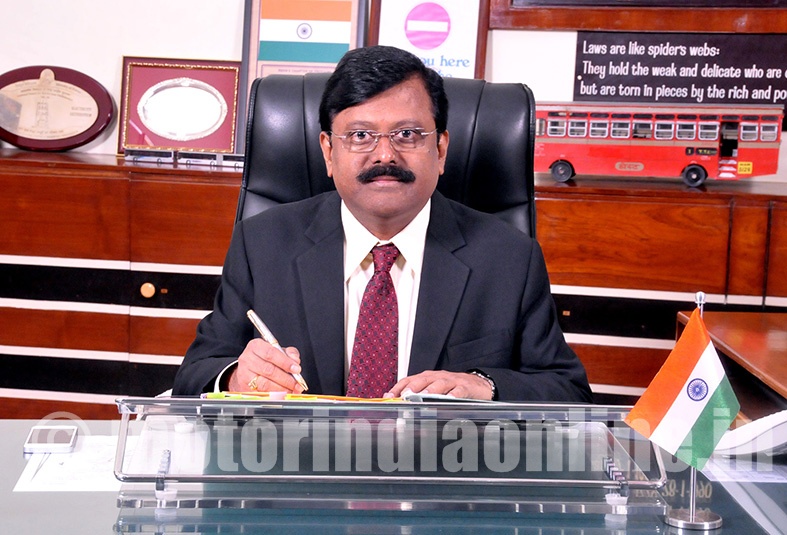If the local trains are often referred to as the lifeline of Mumbai city, the buses run by the Brihanmumbai Electric Supply and Transport Undertaking (BEST) of the Brihan Mumbai Mahanagarpalika are taken as its blood vessels. With approximately 3,900 buses, BEST runs 264 AC buses, 120 double-deckers and 486 midi buses.

Talking to MOTORINDIA, Dr. Jagdish Patil, General Manager, BEST, disclosed: “We have floated expression of interest to hire the buses of all types that suit our requirements. This will help us maintain the minimum frequency required. By this year-end we are hopeful of adding 300 more buses.”
The primary role of BEST is to supplement suburban rails, the mass carrier. It is for this reason that BEST always gives priority for feeder routes (roads leading to railway stations from business and residential complexes) and thereafter for East-West connectors where the railways have absolutely no direct role to play. The third priority is the long-distance trunk route, which is an alternative and almost parallel to suburban railways, apart from being inter-corridor link between suburbs and the city. “While congestion on roads is the biggest problem for BEST, we try and compensate it through affordable rates. For AC and non-AC we are bringing down the cost of season tickets and also promoting e-purse that can be charged once a while,” Dr. Patil said.
Since the commuter traffic is heavier in the mornings and evening peak hours, BEST has floated a scheme called happy hours to compensate the commuters for the loss incurred. “In the non-peak hours, 11 to 5, we are issuing a day ticket that can be used to travel by any bus. It will attract a lot of passengers to our buses on various routes,” he beamed.
Down the line
One of the focus areas of BEST is Information Technology. “By 2020, our target is to set up passenger information system on all buses, along with apps and GPS that can keep commuters informed,” he said. Contrary to the belief that BEST faces problem even while parking its buses, Dr. Patil disclosed: “We have enough depot space and have approximately 300 acres of land spread over almost 100 locations.”
In order to find revenue source apart from ticketing, BEST is looking at monetizing its large assets. It will be mainly for transit-oriented developments. Each site/depot will be developed as a transit hub that will facilitate all modes of transport.
“Recently we have shortlisted a consulting agency, and within eight months they will study all our properties and will suggest which model we should go for, whether it should be public-private partnership or self-financing and the activities that should be promoted at a given location. This will generates revenues for us as well as facilitate public transport,” he asserted.
BEST is looking at providing parking facilities for inter-State buses, rickshaws, ATMs, eateries, passenger waiting area, maintenance and spare availability, etc. “Our building or other space can also be explored for mobile towers, to create more revenue options. This will ultimately translate into more affordable transport facility for Mumbaites,” concluded Dr. Patil.